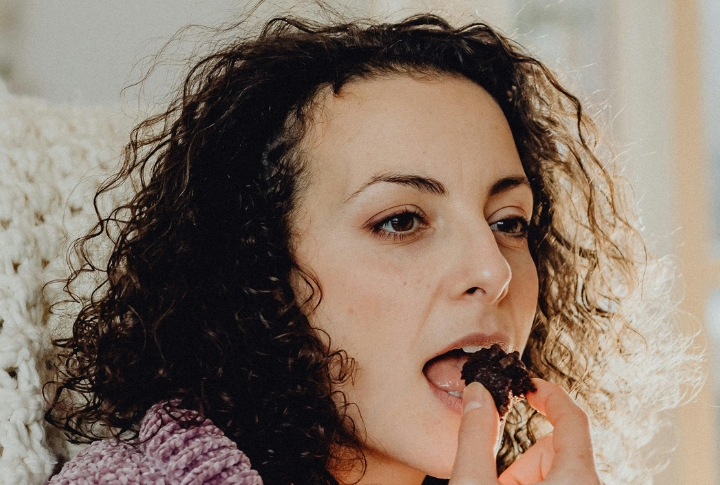
Before they filled our kitchens with warmth, these foods lived in the shadows of suspicion. They were accused of madness, sin, or even death, all because the world wasn’t ready to understand them. Journey through history to see how these misunderstood ingredients earned their redemption on our plates.
Tomatoes

Back in 16th-century Europe, the humble tomato was a symbol of fear. Nicknamed “poisonous apples,” they were accused of causing death due to their resemblance to deadly nightshade plants. Ironically, it wasn’t the fruit but the pewter plates leaching lead that caused sickness.
Potatoes
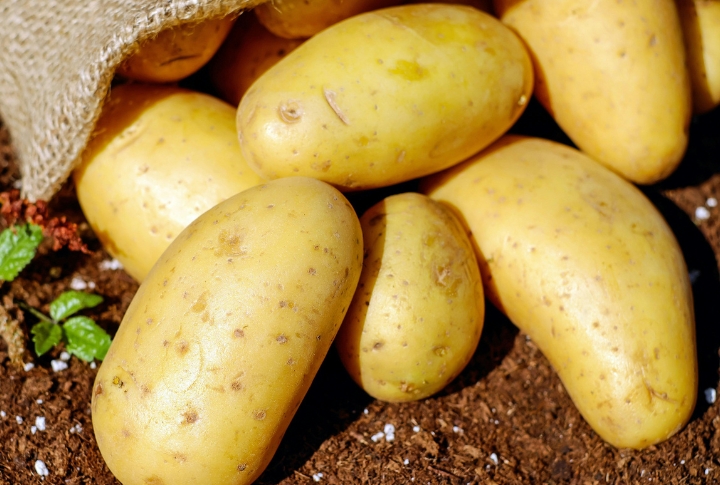
Few foods faced as much suspicion as the potato. Europeans believed the strange tuber from the Americas spread leprosy and moral decay. Its nightshade lineage didn’t help either. Only after Antoine-Augustin Parmentier hosted potato-themed banquets for elites did this once-reviled root earn its place on European tables.
Lobsters
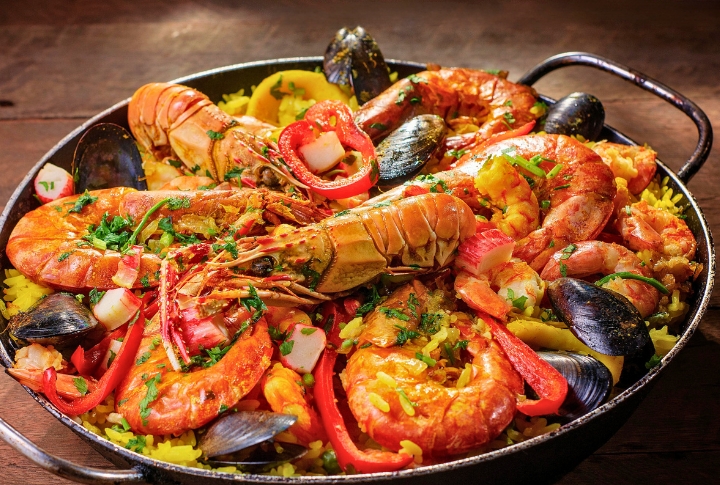
It’s hard to believe that the luxury lobster was once “trash food.” In colonial America, it was so abundant that it was served to prisoners and servants. The scavenger habits disgusted diners, but time and scarcity of options turned this bottom-dweller into a fine-dining delicacy.
Chocolate

When chocolate first arrived, it came with warnings rather than wonder. Doctors claimed it could overstimulate the senses and even harm the heart. Yet centuries later, the same “dangerous” drink became the universal comfort food that now sweetens moments during the holiday season.
Coffee

Coffee has always stirred controversy, literally and socially. In 16th-century Mecca, it was banned for fueling rebellious thought, while some European clergy called it “the devil’s drink.” Ironically, the same brew went on to energize revolutions and daily routines across the globe.
Eggplants
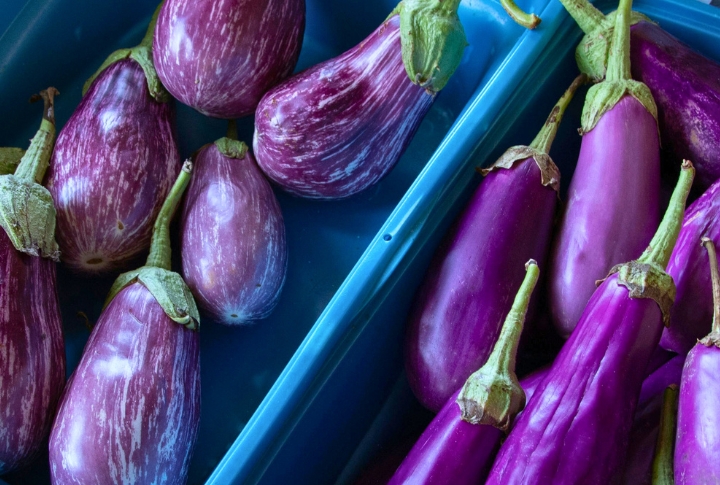
The deep purple eggplant once carried a darker rumor as Europeans thought it caused madness and leprosy. Its inclusion in the nightshade family only strengthened the myth. Centuries later, the “mad apple” earned redemption as a global culinary staple rich in antioxidants and flavor.
Sushi
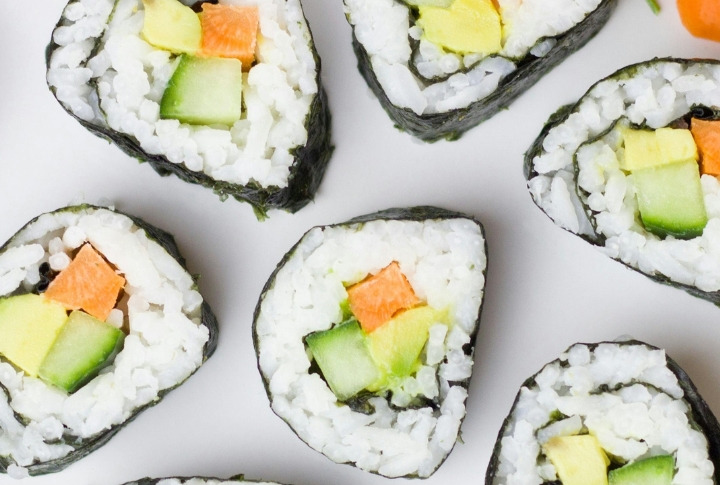
Long before sushi became an art form, it was viewed as a health risk. Raw fish terrified early diners who feared parasites and poisoning. Modern refrigeration, hygiene, and culinary precision flipped the narrative. Today, sushi represents global culinary fusion.
Mushrooms
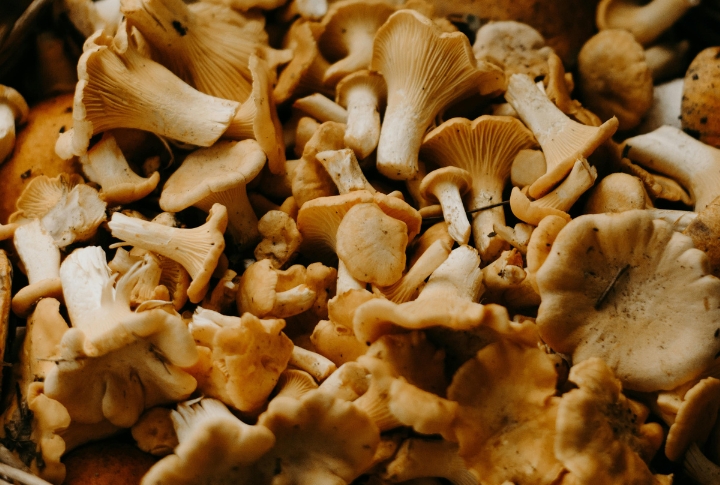
Mystery made them both feared and fascinating. With deadly and edible species often indistinguishable, many cultures avoided them entirely. Over time, science demystified fungi, and once-feared varieties like the button mushroom became everyday favorites, proving that knowledge can turn dread into delight.
Shellfish
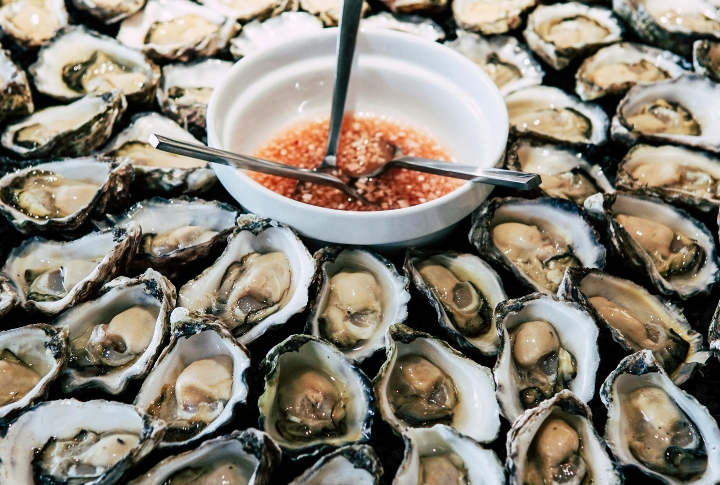
Before the age of refrigeration, shellfish were risky business. Frequent outbreaks of food poisoning made people shun them, especially in summer. Today, strict safety standards have transformed them into gourmet treasures, enjoyed in various delicacies across the world’s finest restaurants.
Peanuts

Severe allergic reactions made peanuts a dietary minefield. Warnings and avoidance were once widespread across the globe. Thanks to medical advances and safer processing, they’re now a protein-packed staple enjoyed responsibly for most people who do not possess a nut allergy.

